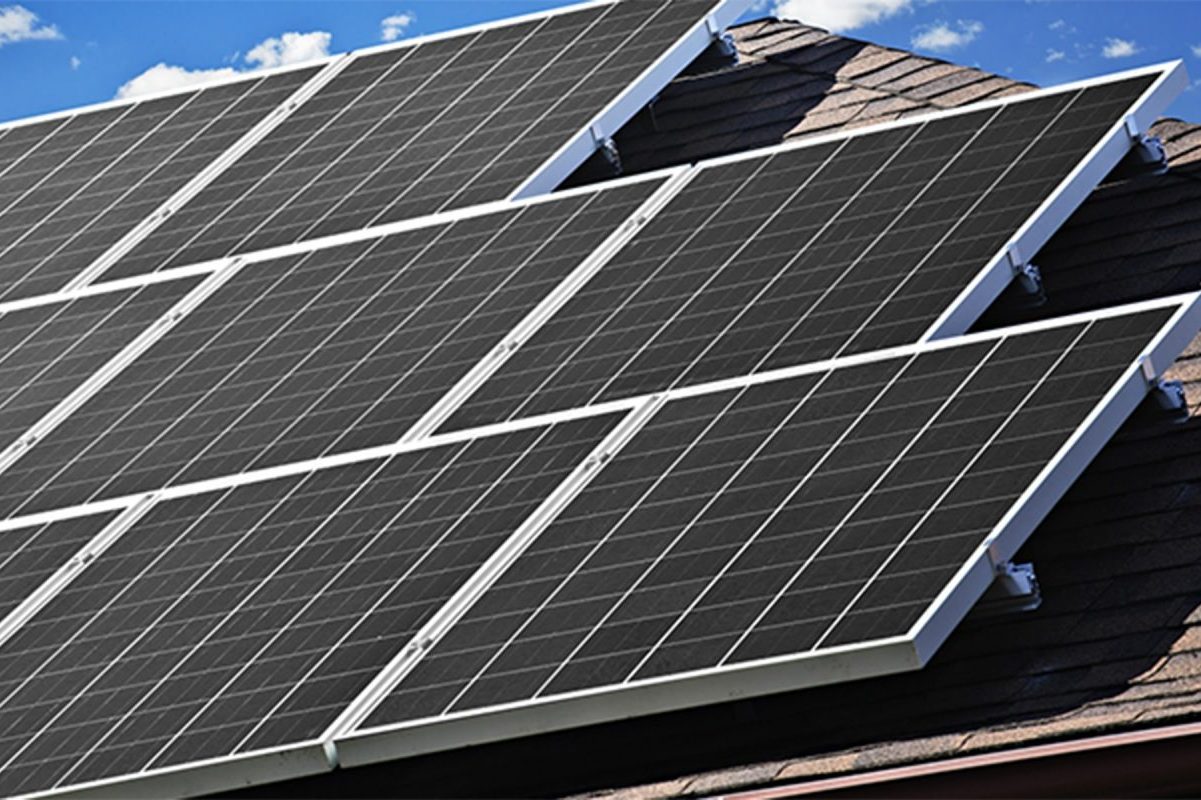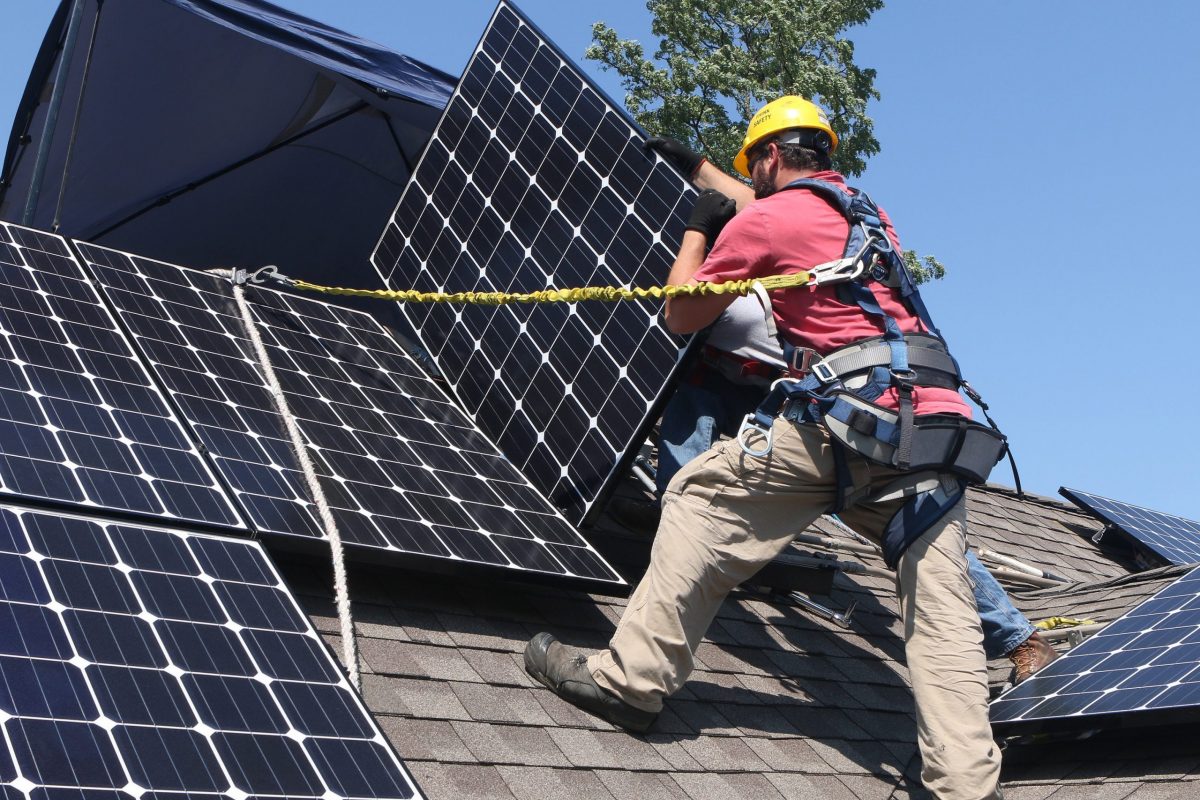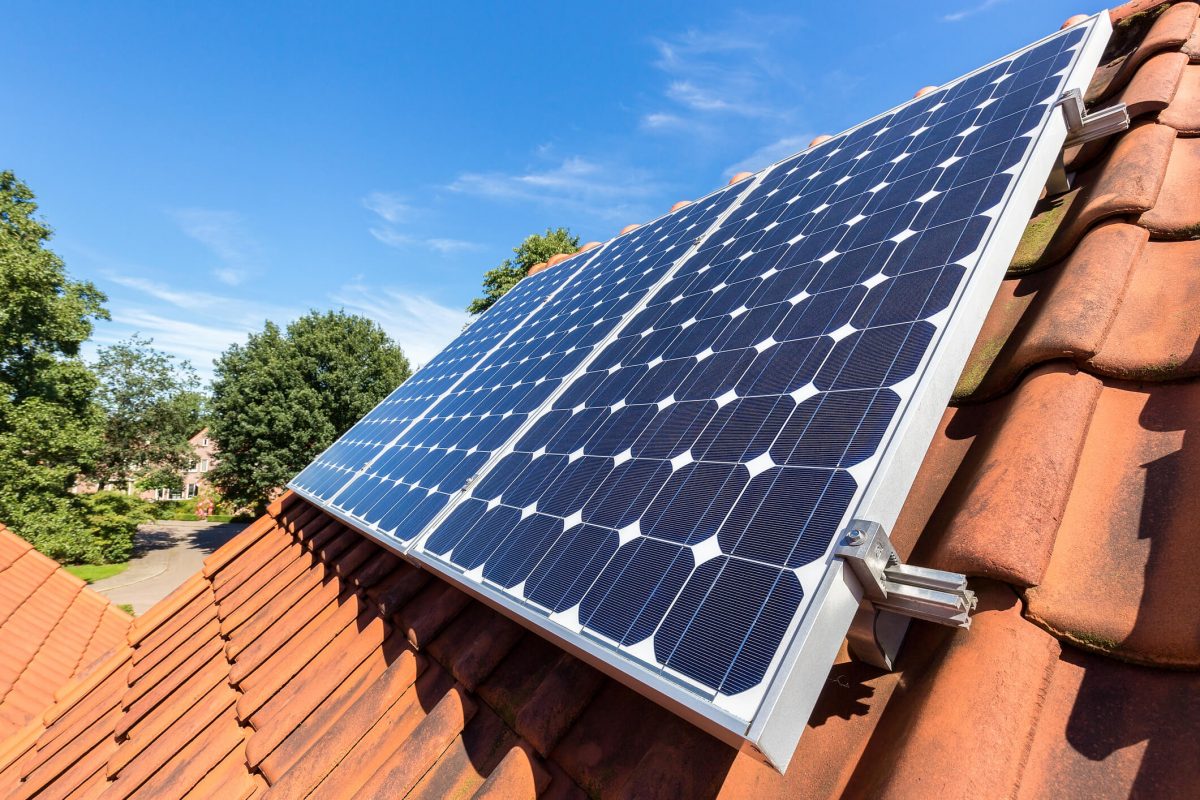Solar battery lifespan dramatically impacts your system’s long-term value and solar system longevity. Most quality solar batteries last 10-15 years with proper care, though environmental factors and usage patterns can significantly affect their durability. Modern lithium-ion batteries consistently outperform traditional lead-acid options, delivering up to 4,000 charging cycles while maintaining 80% of their original capacity. Understanding battery lifespan isn’t just about years—it’s about maximizing your investment and ensuring reliable power storage for your home. Recent technological advances have pushed battery efficiency to new heights, with some premium models now offering warranties extending beyond 15 years. For homeowners considering solar storage solutions, these improved lifespans represent a crucial factor in calculating long-term energy savings and return on investment.
Understanding Solar Battery Lifespans
Common Solar Battery Types
When it comes to solar battery storage, there are several reliable options available for homeowners. Lithium-ion batteries are currently the most popular choice, offering excellent performance and longevity with typical lifespans of 10-15 years. They’re lightweight, efficient, and require minimal maintenance, making them ideal for residential solar systems.
Lead-acid batteries, while more affordable upfront, generally last 5-10 years and require regular maintenance. They come in two varieties: flooded lead-acid, which needs periodic water level checks, and sealed lead-acid, which is maintenance-free but typically has a shorter lifespan.
Saltwater batteries are an emerging eco-friendly alternative, lasting 10-15 years with zero toxic components. Though less common, they’re gaining popularity among environmentally conscious homeowners.
Flow batteries represent another innovative option, potentially lasting up to 20 years. While currently more expensive, they offer exceptional longevity and can be ideal for larger installations.
Each battery type has its sweet spot in terms of cost, performance, and durability, allowing homeowners to choose based on their specific needs and budget.

Average Lifespan Expectations
The lifespan of solar panel batteries varies depending on the type of battery technology you choose. Lithium-ion batteries, the most popular choice for modern solar installations, typically last between 10 to 15 years with proper maintenance. These batteries maintain consistent performance throughout most of their lifetime and generally come with a 10-year warranty.
Lead-acid batteries, while more affordable upfront, have a shorter lifespan of 5 to 10 years. However, with diligent maintenance and optimal operating conditions, some homeowners have reported getting up to 12 years from their lead-acid batteries.
The newest saltwater batteries show promising longevity, with expected lifespans of 12 to 20 years. While this technology is still emerging, early adopters report excellent durability and environmental benefits.
Flow batteries, though less common in residential settings, can last 20+ years and maintain their capacity better than other options. However, they require more space and initial investment.
Remember that these estimates assume proper installation, regular maintenance, and operation within recommended temperature ranges. Your actual battery life may vary based on usage patterns, climate, and maintenance routine.
Factors That Affect Battery Life
Temperature and Environment
Temperature plays a crucial role in determining how long your solar battery system will last. Most solar batteries perform best when kept between 50°F and 85°F (10°C to 29°C). Extreme temperatures, particularly heat, can significantly reduce battery life and efficiency. Every 15°F increase above the ideal temperature range can potentially cut your battery’s lifespan by up to 50%.
To maximize your battery’s longevity, proper installation location is essential. Indoor spaces like garages or basements typically offer more stable temperatures than outdoor installations. If you live in an area with extreme climate variations, it’s important to take steps to protect against extreme weather conditions.
Humidity and moisture can also impact battery performance. Keep your batteries in a dry, well-ventilated area to prevent corrosion and maintain optimal functionality. Consider installing a temperature monitoring system to track environmental conditions and ensure your batteries remain within the recommended range. Many modern solar battery systems come with built-in thermal management features, helping maintain ideal operating temperatures year-round.
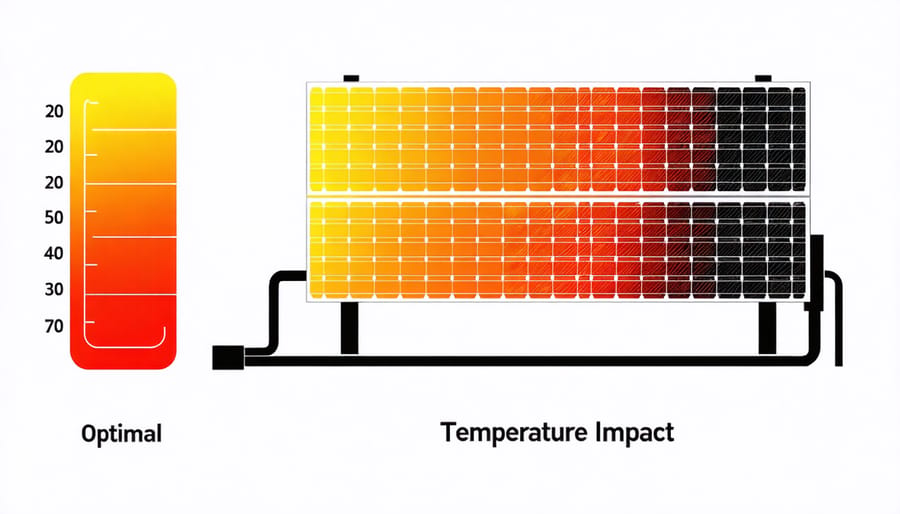
Usage Patterns
How you use your solar battery significantly impacts its lifespan. Most solar batteries perform best when discharged to about 50% capacity rather than completely depleted. This moderate discharge pattern helps prevent unnecessary strain on the battery components and can extend its life considerably.
The frequency of charging and discharging cycles also plays a crucial role. A battery that goes through one full cycle daily will generally have a shorter lifespan than one used only during power outages or peak pricing periods. To maximize longevity, try to limit deep discharges and avoid unnecessary cycling.
Many modern solar batteries come with smart features that automatically manage discharge patterns. These systems can be programmed to optimize usage based on your energy needs, utility rates, and weather patterns, helping you balance performance with longevity while maximizing your investment’s value.
Maintenance Quality
Regular maintenance plays a crucial role in maximizing your solar battery’s lifespan. Simple practices like keeping batteries clean, ensuring proper ventilation, and monitoring charge levels can add years to their operational life. For lead-acid batteries, checking water levels monthly and maintaining proper electrolyte levels is essential. Lithium-ion batteries require less hands-on maintenance but benefit from regular system checks and keeping them at optimal temperature ranges.
A quarterly inspection schedule helps catch potential issues early. Look for signs of corrosion, check cable connections, and verify that your charge controller settings are optimal. Many modern solar batteries come with monitoring systems that alert you to potential problems before they become serious.
Remember that professional annual maintenance can identify and address problems that might not be visible to the untrained eye. This small investment in regular upkeep can significantly extend your battery’s life and maintain its efficiency, ultimately saving you money in the long run.
Essential Maintenance Practices
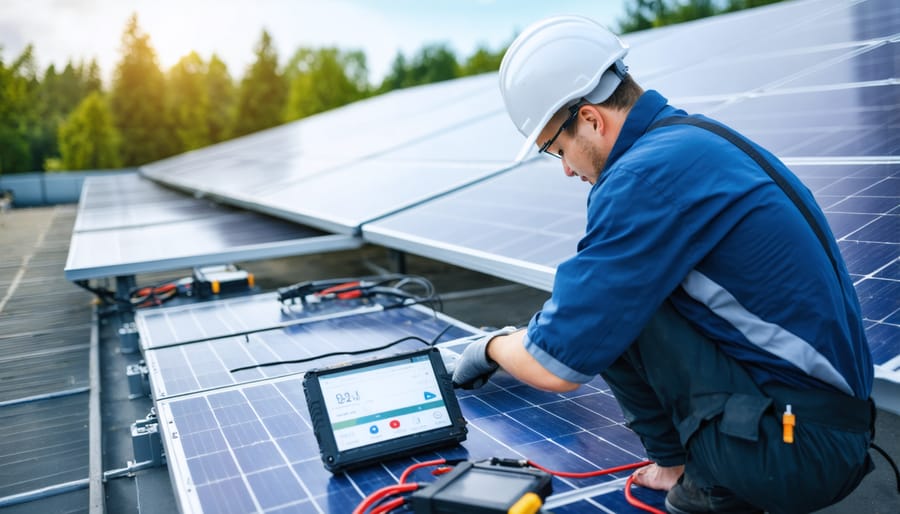
Regular Monitoring Tips
To effectively monitor battery health, establish a regular checking routine every three months. Start by reviewing your battery monitoring system’s dashboard for any unusual patterns in charging and discharging cycles. Keep an eye on the battery’s state of charge (SOC), which should typically stay between 20% and 80% for optimal longevity.
Check the battery’s temperature readings regularly, especially during extreme weather conditions. Most solar batteries perform best between 50°F and 85°F. Install a voltage meter if your system doesn’t include one, and record readings monthly to track performance trends.
Listen for unusual sounds and look for physical signs of wear, such as swelling or corrosion around terminals. Clean the battery terminals gently with a dry cloth and ensure all connections remain tight and corrosion-free.
Keep a maintenance log documenting voltage readings, temperature, and any system alerts. This record helps identify potential issues early and provides valuable information for professional servicing when needed. Consider scheduling annual professional inspections to complement your regular monitoring routine.
Seasonal Care Guidelines
Proper seasonal maintenance can significantly extend your solar battery’s lifespan. In spring, focus on cleaning any winter debris and checking ventilation systems as temperatures begin to rise. Ensure all connections are tight and corrosion-free after winter moisture exposure.
Summer requires careful monitoring of battery temperature, as extreme heat can impact performance. Keep your battery installation area well-ventilated and consider adding extra cooling if temperatures consistently exceed 77°F (25°C). Check water levels monthly in flooded lead-acid batteries, as summer heat increases evaporation.
Fall is ideal for comprehensive system checks before winter. Clean terminals, check insulation, and ensure weather sealing is intact. Consider adjusting charge controllers to optimize charging during shorter days.
Winter demands attention to maintaining optimal operating temperature. If your batteries are installed outdoors or in an unheated space, consider adding insulation. Monitor charging patterns during shorter days and adjust energy consumption to prevent deep discharge cycles, which can be particularly harmful in cold weather.
Remember to document all seasonal maintenance for warranty purposes and to track battery performance patterns throughout the year.
Warning Signs to Watch For
Being proactive about monitoring your solar battery’s health can help you address issues before they become serious problems. Watch for decreased battery performance, such as shorter backup times during power outages or reduced ability to power your home during peak usage. If your battery takes longer to charge than usual or doesn’t reach full capacity, this could indicate declining health.
Pay attention to any unusual noises, such as clicking or humming, coming from your battery system. Visual signs like bulging, leaking, or corrosion around terminals are red flags that require immediate attention. Your battery monitoring system may also show error messages or warning lights – don’t ignore these signals.
If your energy bills start creeping up unexpectedly, this could mean your battery isn’t storing or delivering power efficiently. Temperature fluctuations beyond the recommended range (typically between 30°F and 90°F) can also impact battery performance and lifespan.
Contact a qualified solar professional if you notice any of these warning signs. Regular maintenance checks can catch potential issues early, helping extend your battery’s lifespan and maintain optimal performance.
The lifespan of your solar panel batteries is a crucial factor in maximizing your investment in sustainable energy. As we’ve explored, modern solar batteries can last anywhere from 5 to 15 years, with proper care and maintenance significantly extending their useful life. By implementing regular maintenance routines, monitoring battery performance, and following manufacturer guidelines, you can ensure your batteries operate at peak efficiency throughout their lifetime.
Remember that different battery types have varying lifespans and maintenance requirements. While lithium-ion batteries typically offer longer life and require less maintenance, lead-acid batteries can still provide reliable service when properly maintained. The key is choosing the right battery type for your needs and budget while committing to proper care practices.
Temperature control, proper charging cycles, and regular inspections are your best allies in extending battery life. By keeping your batteries in a controlled environment, avoiding deep discharges, and addressing any issues promptly, you can potentially add years to their operational life.
The investment in proper battery maintenance pays off through improved system reliability, reduced replacement costs, and maximized energy savings. As solar technology continues to advance, we can expect even longer-lasting and more efficient battery solutions. For now, focusing on proper maintenance and care remains the most effective way to protect your investment and ensure your solar power system continues to provide clean, reliable energy for years to come.







